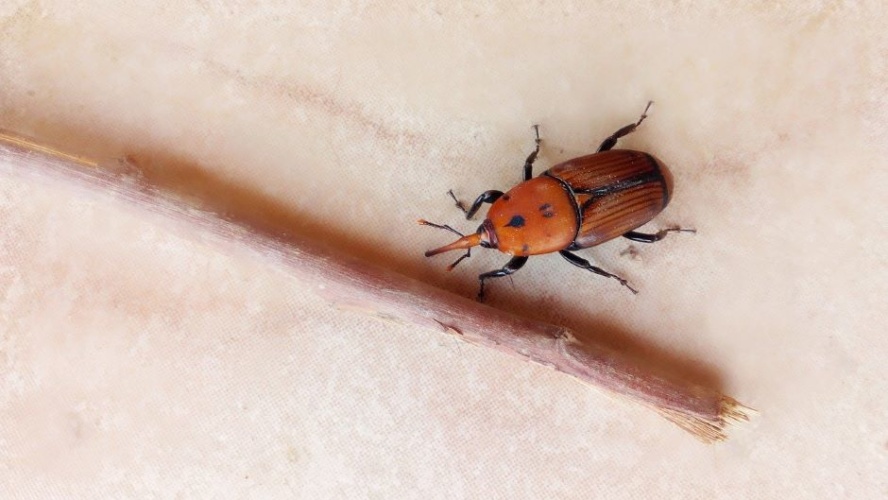
Statista estimates the global date palm industry to be worth $18bn by 2023 but this market is being undermined by the red palm weevil, a flying beetle said to cause millions of dollars of economic losses worldwide. Optical fibres wrapped around date palm trunks could help detect the flying foe by listening out for the sound of it eating.
Green machines: sowing the seeds of farming 4.0
The red palm weevil feeds on and lays its eggs inside date palms but by the time weevil infestation causes visible signs of distress in the trees, it is too late to save them, said KAUST research scientist, Islam Ashry.
“Several methods are currently used to detect red palm weevil infestation, but they are not reliable or feasible in large palm farms,” he said in a statement. These methods include using sniffer dogs, screening trees with computer-based tomography, and inserting sound probes into a tree’s trunk to detect the munching sounds of weevil larvae.
Knowing that optical fibres can efficiently detect very weak sound over several kilometres, KAUST Professor Boon S. Ooi led a team of researchers to investigate whether fibre optics could be employed as a cost-effective and non-invasive means to detect the very early eating sounds made by young larvae.
According to KAUST, they developed an approach that involves sending laser pulses from a sensing device into an optical fibre, which can be wrapped around the trunks of multiple trees over a large area. Sound interacts with the light signal inside the fibre, changing its frequency. The fibre feeds the data back into the sensor that can let farmers know when a tree is healthy or infested.
Before using their system, the researchers recorded 12-day-old larvae to identify their sound signature. They also recorded and identified the sound signatures of typical background noises. The frequencies of the sounds were different enough that they could apply a filter to their sensor that discards most irrelevant noises. They also developed an algorithm that analyses the incoming signal to flesh out larval noises.
Lab-based tests on small trees demonstrated that the system reliably distinguished healthy trees from infested ones.
“Our sensor can provide non-invasive, 24/7, low-cost, simultaneous monitoring of around 1,000 palm trees with a 10km-long optic fibre, detecting larvae that are as young as 12 days old,” said KAUST research scientist Yuan Mao.
The team will next deploy their sensing system in large-scale, open-air farms. “This will require modifications to the system to include advanced signal processing techniques that can discard the noises found in these environments,” said Ashry.
The research, conducted in collaboration with Yousef Al-Fehaid at Saudi Arabia's Ministry of Environment, Water and Agriculture is detailed in Scientific Reports.




Red Bull makes hydrogen fuel cell play with AVL
Formula 1 is an anachronistic anomaly where its only cutting edge is in engine development. The rules prohibit any real innovation and there would be...